Weaponizing Exploits
Basic vulnerability testing shows what’s broken — but not how bad it could get.












Zyston doesn’t just protect systems; we protect what powers your business. Every security initiative is tied directly to your strategic goals, delivering measurable impact where it matters most.
The result? Stronger resilience, clear ROI, and the confidence to grow without hesitation.
We don’t just monitor, we measure. Zyston delivers monthly metrics, maturity benchmarks, and executive-level reporting that turn raw security data into actionable business insights.
With clear visibility into your security posture, you can prove ROI, demonstrate program value to stakeholders, and track measurable progress month over month.
By combining vulnerabilities, offensive security findings, disaster recovery metrics, and program maturity into each alert, we eliminate the manual research competitors require, letting your team act decisively while saving hours of effort.
Straight from the front lines—key threats, emerging trends, and critical takeaways from our Director of Penetration Testing.